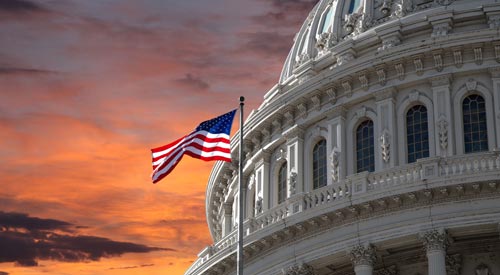Study looks at link between international enrollment increases and state appropriation declines
Inside Higher Ed: As state spending for public universities go down, international student enrollment goes up. A newly published working paper seeks to quantify this relationship, estimating that for the period between 1996 and 2012, a 10 percent reduction in state appropriations is associated with a 12 percent increase in international undergraduate enrollment at public research universities – and a 17 percent increase at the most research-intensive public universities, the flagships and other institutions that are members of the exclusive Association of American Universities (AAU).
The paper, available for $5 from the National Bureau of Economic Research and authored by John Bound, Breno Braga, Gaurav Khanna, and Sarah Turner, concludes that expanding foreign undergraduate enrollment “is an important channel through which public research universities buffer changes in state appropriations. While additional revenue from in-state tuition increases appears [to] recoup a large fraction of the fall in appropriations, research universities would have had to navigate reductions in resources per student or yet larger increases in in-state tuition in the absence of the large pool of foreign students.”
Tags
Share
Top Stories
- CISA releases guide to help safeguard K-12 schools from cyber threats
- University of Ottawa’s Martin Bernier on continuous learning
- What Is ChatGPT and How Is It Used in Education?
- K12 Schools View Technology as a Guardrail for Good Digital Citizenship
- 5 ways our district streamlines edtech ecosystems
- 14 Technology Predictions for Higher Education in 2023 -- Campus Technology
- Dozens of US schools, universities move to ban TikTok
- How Can Schools Reduce the Risk of Cyberattacks?
- Districts Transform School Spaces into Labs, Arenas and Studios
- What's In, What's Out for Education Technology
- Texas Proposes Sharing Information Security Expertise Across Higher Ed and State Agencies -- Campus Technology
- Commerce Announces Over $18M in Digital Education Funding
- Rethinking your K-12 cloud strategy
- All That Ed Tech Schools Bought During the Pandemic Won’t Improve Equity. Here's Why
- How to Communicate Student Data Privacy Protections to Families More Effectively
- Ban the Cellphone Ban
i360Gov Newsletters
The most significant government policy, business, and technology news and analysis delivered to your inbox.
Subscribe NowTrending
- Mentoring tomorrow’s Black IT leaders
- 5 tips to build community-wide support for IT transformation
- Technology Is the Tool, Not the Teacher (Opinion)
- Every Student Needs 21st-Century Data-Literacy Skills
- 5 Big Technology Challenges Teachers and Administrators Will Face This School Year
- Districts Transform School Spaces into Labs, Arenas and Studios
- How Can Schools Reduce the Risk of Cyberattacks?
- What Are the Benefits of Digital Identity in the Metaverse?


















